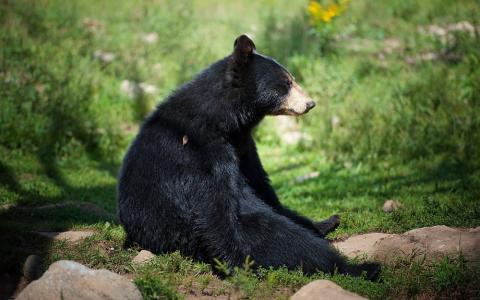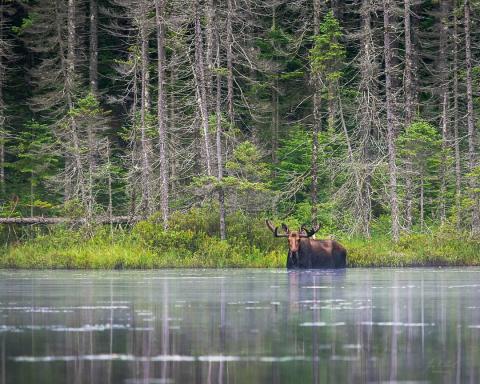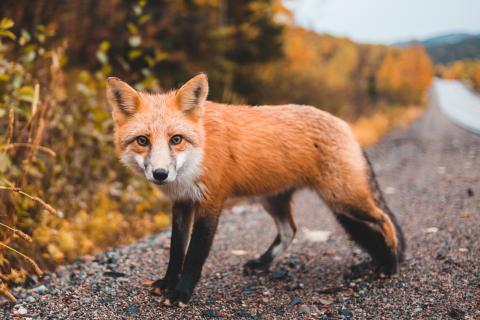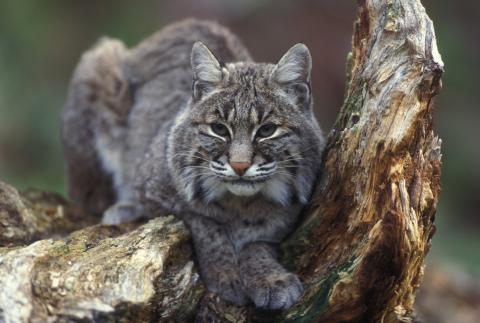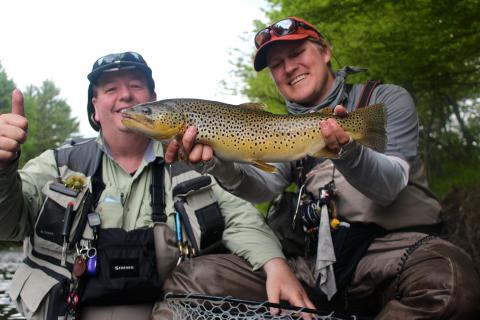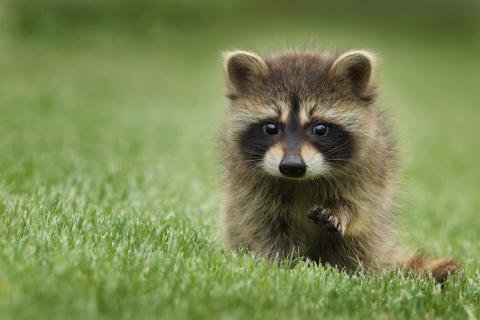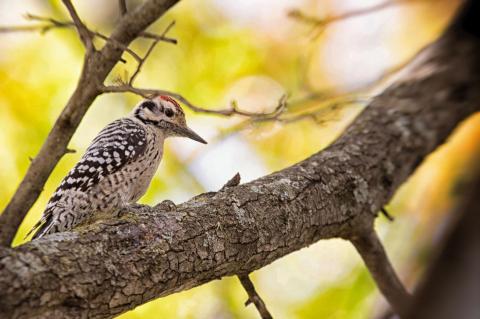Porcupines
Gentle creatures, but dangerous when provoked, porcupines are easy to identify thanks to their spikey exteriors. A large rodent, they actually have a layer of soft hair under all those quills. Enthusiastic herbivores, a porcupine's favorite pastime is eating, and they enjoy fruit, leaves, and tree buds that they reach by gracefully climbing trees. Contrary to popular belief, porcupines cannot shoot their quills. Rather, the barbed spines detach easily when they come in contact with curious predators.
Raccoons
These small masked bandits can be found throughout the Adirondacks, especially where there is tasty trash for them to pick through! A scavenging animal, they are frequently sighted at campgrounds, where they will gladly make any unsecured food or garbage their decadent feast. When they're not relying on forgetful humans, they eat fruit, nuts, berries, insects, and smaller mammals. Plump, round, and fluffy with human-like hands and feet, raccoons are a joy to observe. However, they tend to carry diseases that can be dangerous to humans and pets, so, as with any wild animal, give them their space and never feed or approach them.
Beaver
The beaver is New York State's official mammal, and they leave their signature marks all over the Adirondacks. From beaver dams along rivers and streams to big stick and mud huts and gnawed off trees, it's hard to miss the tell-tale signs of a beaver. Fascinating creatures, they have giant front teeth that allow them to chew through even the hardest of woods, and a wide, flat tail that they slap against the surface of the water to warn others of approaching danger. Webbed hind feet make them excellent swimmers, and they are one of few mammals that can digest woody plant material. Beavers also mate for life and live in complex social colonies. If you see a creature that resembles a beaver but has a long, rat-like tail, you have spotted a Muskrat!
Weasels & Mustelids
There are several species of weasel found throughout the Adirondacks, frequently in and around waterways. The playful otter is perhaps the most popular, charming people with their silly antics and adorable faces. The more elusive American Marten has a small face and a big, bushy tail. With retractable cat-like claws and large paws, they can climb trees as easily as they float across snow. Curious yet shy, you never know when a marten might be watching you! Slightly larger with dark brown and black fur, Fishers have long been hunted for their soft, glossy fur. Undiscerning in their choice of prey, they are fierce hunters and fighters themselves.
